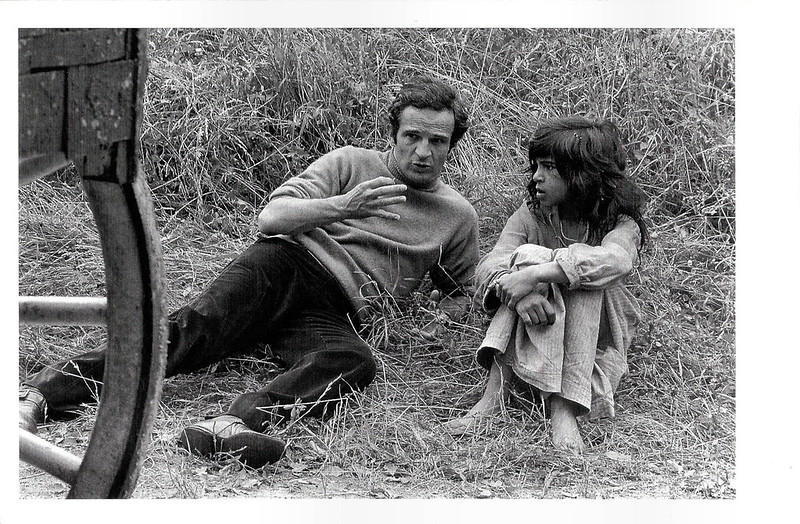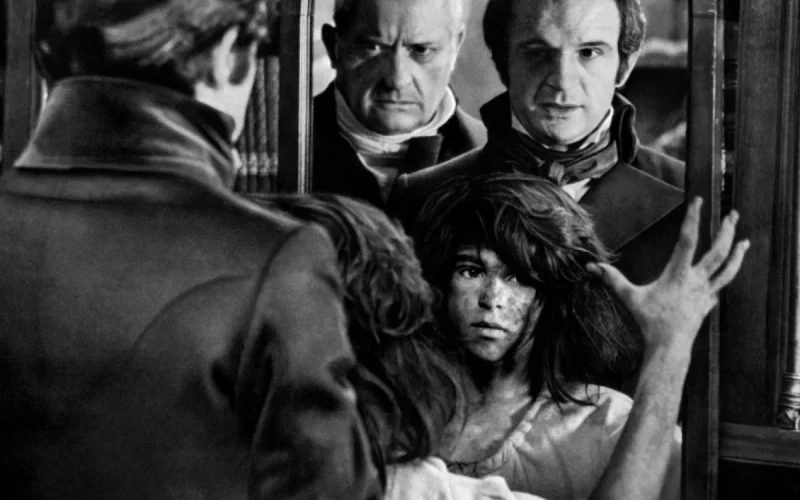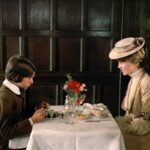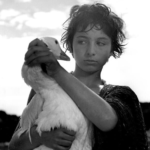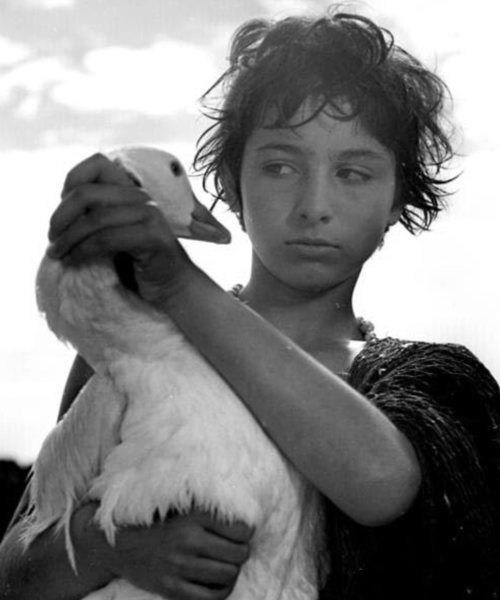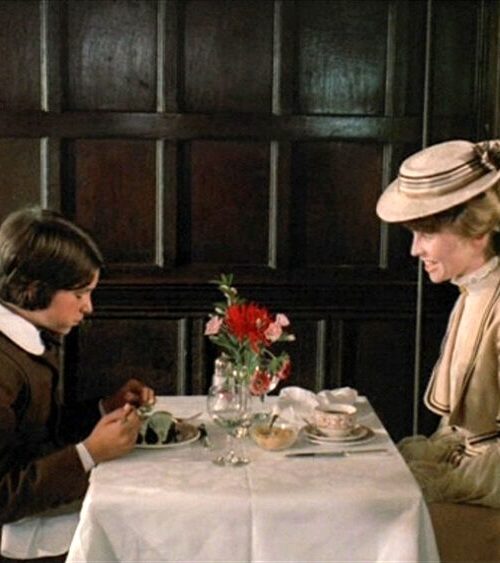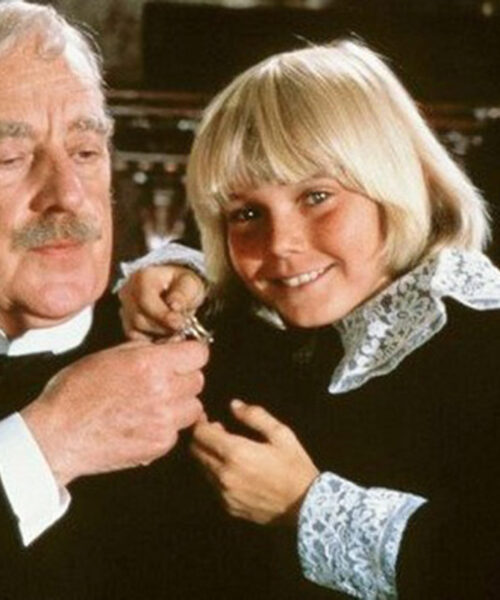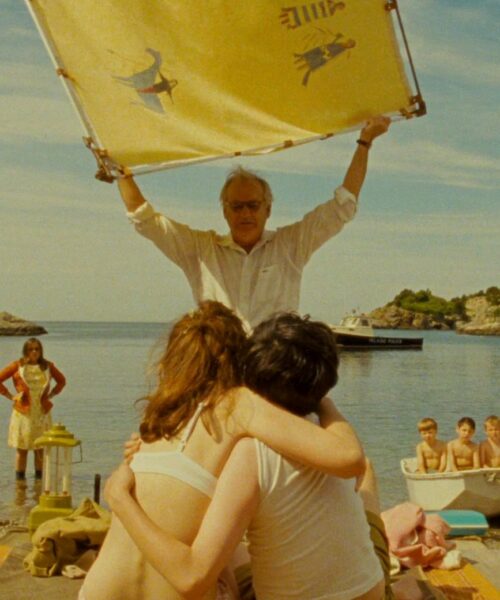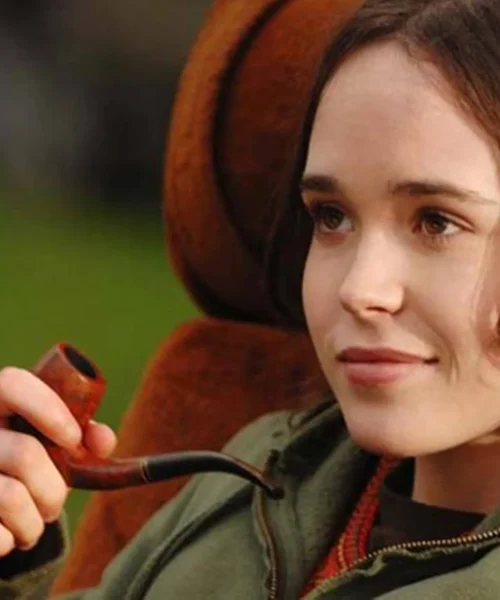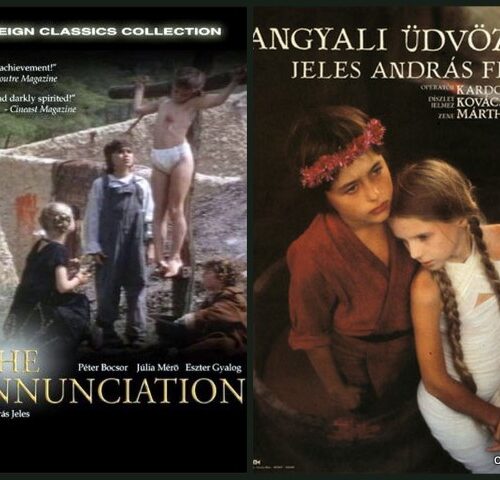In the landscape of cinema, few films manage to channel human depth and the complexity of social relationships like François Truffaut’s “The Wild Child” (L’Enfant Sauvage). Set in post-revolutionary France, the film follows the story of a feral boy captured and Dr. Itard’s arduous attempt to “civilize” him. However, as is the case with many of Truffaut’s works, the surface narrative conceals profound philosophical and aesthetic reflections.
At first glance, the choice of black and white might seem like a nostalgic tribute to a bygone era of filmmaking, but this choice soon reveals itself to be laden with implications. The monochrome acts as a filter, like a semi-permeable membrane separating the essential from the superfluous. The absence of color focuses the viewer’s attention on the key elements of each scene, relegating any non-essential details to the background. It’s as if Truffaut wants to guide us through a labyrinth, using black and white as a beacon that illuminates only what is truly relevant.
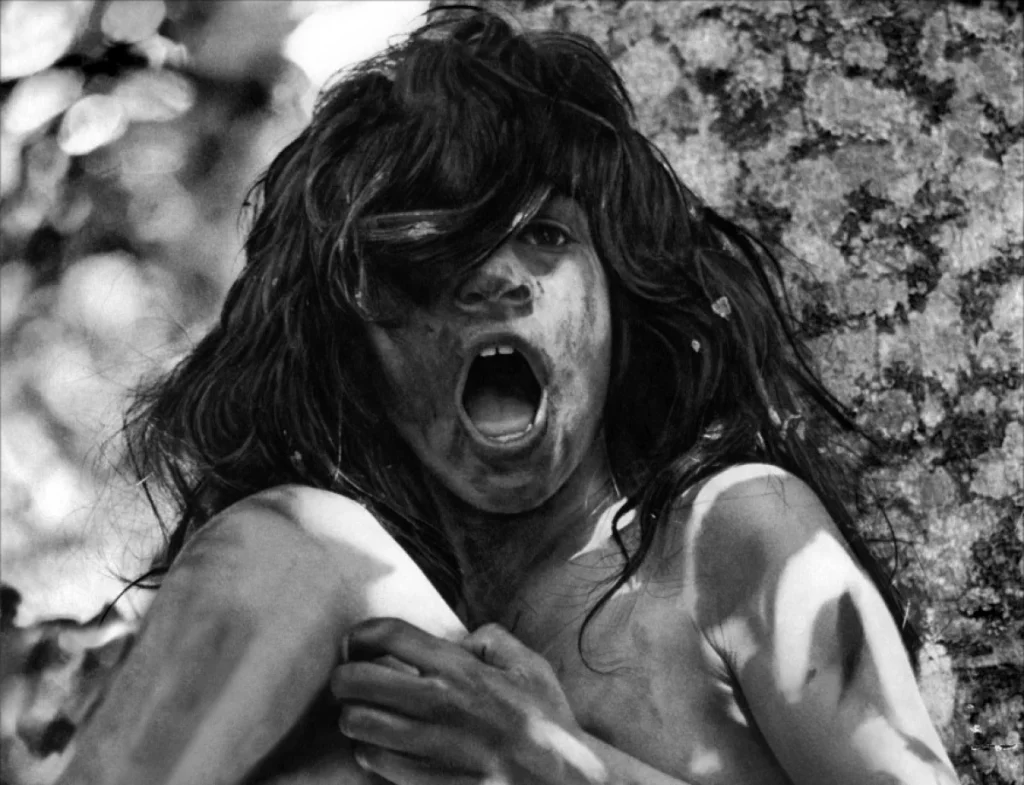
The essentiality of each shot is another aspect that amplifies the narrative’s strength. Nothing is left to chance, nothing is superfluous. Every element, every gesture, every glance is a piece of a larger mosaic that explores the fragility and complexity of human experience. Truffaut’s art of simplicity in constructing his scenes underscores the idea that life, in its rawness and simplicity, can be a far deeper enigma than any artificial complexity.
But it is perhaps in the clinical eye for detail that Truffaut elevates the film to a masterpiece. The subtle expressions, the almost invisible moments he captures—like the shadow of a smile on Victor’s face as he touches a household object for the first time, or the tremor of Dr. Itard’s hands as he fruitlessly attempts to establish dialogue—are there to testify to a sort of obsession with authenticity, for that truth that only the most discerning eye can perceive.
“The Wild Child” (L’Enfant Sauvage) is not just a story about boundaries between the wild and the civilized, between the other and the self. It is a delicate and multifaceted portrait of the human soul, a hymn to our eternal and often vain attempt to connect with others and ourselves. The chromatic choice, the essentiality of the scenes, and the attention to detail converge into a single artistic vision that, like a delicate piece of inlay work, assembles seemingly simple pieces into an emotional fresco of immeasurable depth.
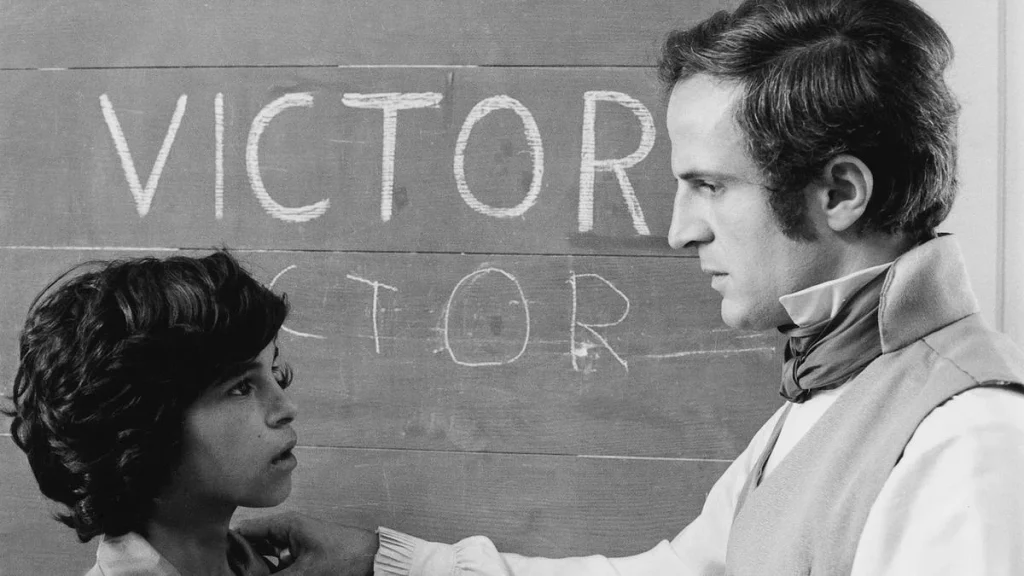
The Candle Scene in "The Wild Child": A Spell of Light and Shadow
Among the countless scenes that make up “The Wild Child,” the one where the boy intensely observes the flame of a candle holds a special place in the viewer’s heart. Its apparent simplicity conceals a deeper meaning, serving as a bridge between the external world and the protagonist’s inner life.
In this scene, the candle becomes more than just a simple object; it represents a universe of discoveries, emotions, and reflections. The undulating flame, with its hypnotic movement, seems to draw the boy towards it, as if wanting to communicate with him through its glow. The sensitivity with which Truffaut frames this moment brings forth a contrast between the boy’s wild nature and the delicacy of the flame, symbolizing the fragile balance between primal instinct and civilization.
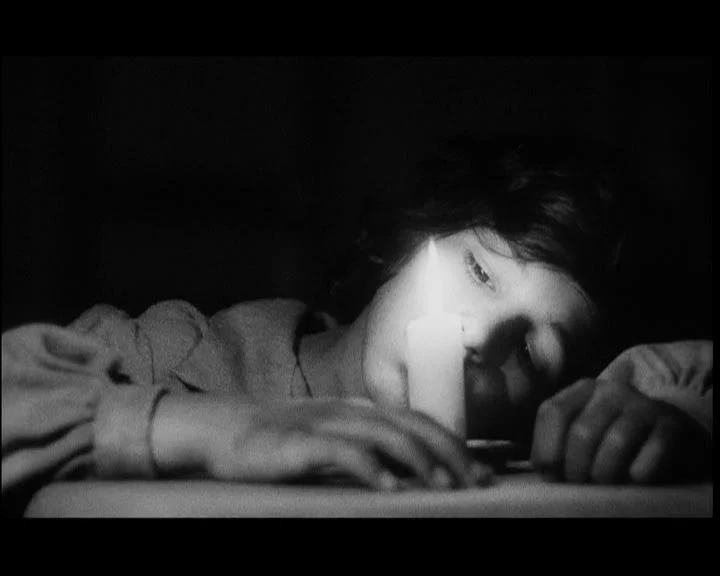
The power of this scene also lies in its absolute stillness. The director opts for utter minimalism, avoiding any dialogue or soundtrack that could intrude on the pregnant silence. The viewer thus becomes a co-conspirator in that marvelous moment of introspection, a silent epiphany that speaks through the absence of words.
The candle, with its golden halo, illuminates the depths of the boy for an instant, revealing to us a vulnerability and curiosity that the film had only hinted at. Despite the brevity of the moment, its impact is enduring, serving as a visual synthesis for the protagonist’s transition from wildness to culture, and exploring the ongoing tension between primal urges and civilized life.
The candle scene in “The Wild Child” demonstrates how Truffaut can enrich cinematic storytelling through simplicity and finesse, creating an experience that blends the visceral and the sublime in an unforgettable symbiosis.
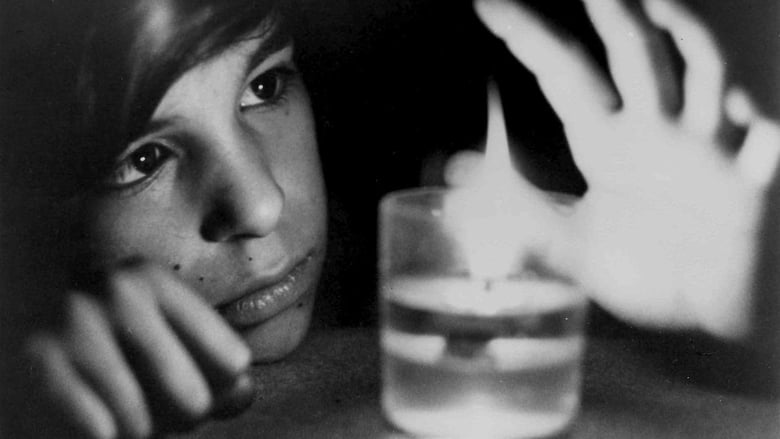
The Role of Nudity in "The Wild Child": An Aesthetic and Narrative Choice
In the opening sequences of “The Wild Child,” Truffaut’s artistic courage manifests powerfully, presenting the audience with the image of the young protagonist’s naked body. This bold gesture catapults the viewer into a realm of utter simplicity and primordial purity, drawing a fine line between discomfort and fascination.
The nudity of the wild child is not a mere visual detail; it’s a symbolic actor, laden with meanings. It embodies the essence of the human being stripped of all social masks, of all cultural constructs. His nudity is almost a declaration of vulnerability that, when juxtaposed with his free and untamed nature, creates an alienating yet fascinating dualism.
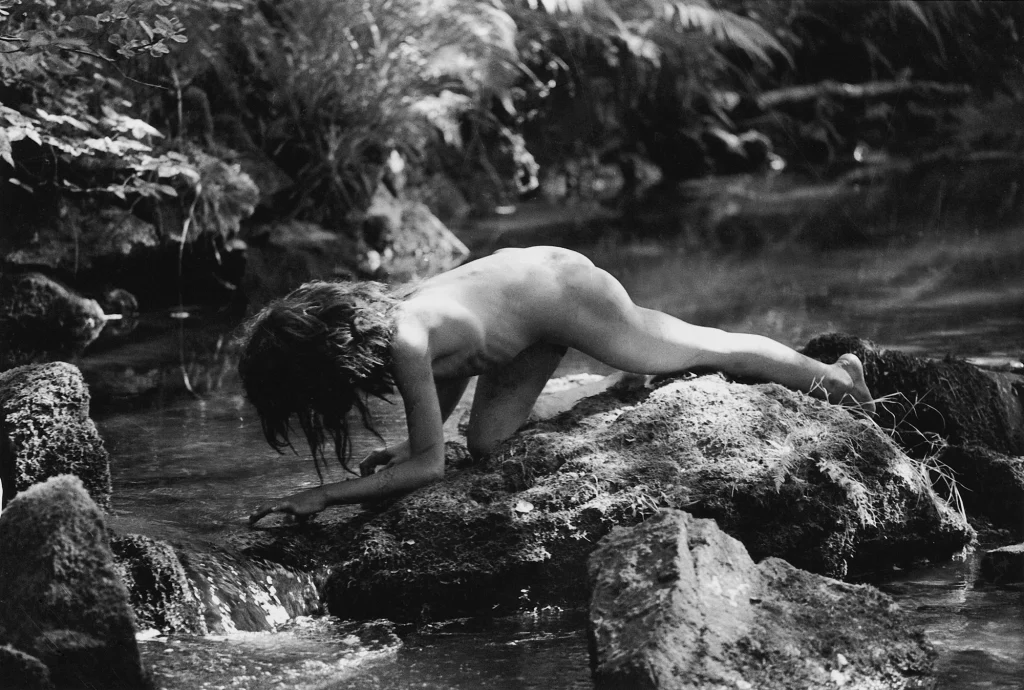
Beyond mere physical exposure, the nudity serves as a yardstick against the civilized world trying to bend him to its will. While the rest of humanity is wrapped in fabrics and symbolism, the boy stands before us as the embodiment of an irreducible innocence, almost as a mute symbol of resistance against cultural homogenization.
With his artistic acumen, Truffaut navigates these delicate waters without ever falling into the banal or offensive. His vision transforms the nudity into an act of sublime art, ensuring that the audience doesn’t dwell on the exposed body, but rather glimpses a soul in search of connection and understanding.
The use of nudity in “The Wild Child” attests to Truffaut’s skill in breaking cinematic taboos to probe the depths of the human spirit and social dynamics. These scenes serve not only as a preview to the protagonist’s internal conflict but also as a powerful commentary on his relationship with the surrounding world—a world to which he belongs and from which he feels, at the same time, infinitely distant.
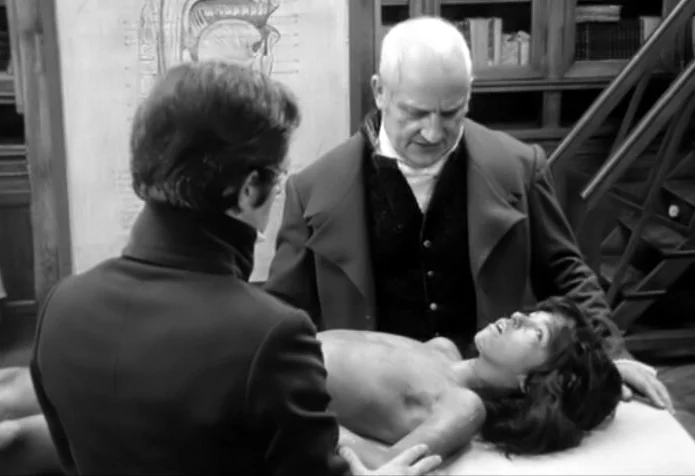
The Enigma of the Conclusion in "The Wild Child": Suspension and Ambiguity
While in many films the climax serves as a lifeline for the viewer, the moment where plots converge and conflicts resolve, Truffaut’s “The Wild Child” eludes this expectation for clarity. What it offers is an ending steeped in ambiguity, a sort of indefinite pause that prompts more reflection than clear resolution.
The young protagonist’s escape, followed by his return home, appears to unfold as a path of redemption or even as a rite of passage. Yet, Truffaut, with calculated intent, avoids the obligation to provide unambiguous solutions. This choice not only subverts audience expectations but also strengthens the thematic core of the work: the eternal conflict between instinct and culture, between the free soul and the chains of society.
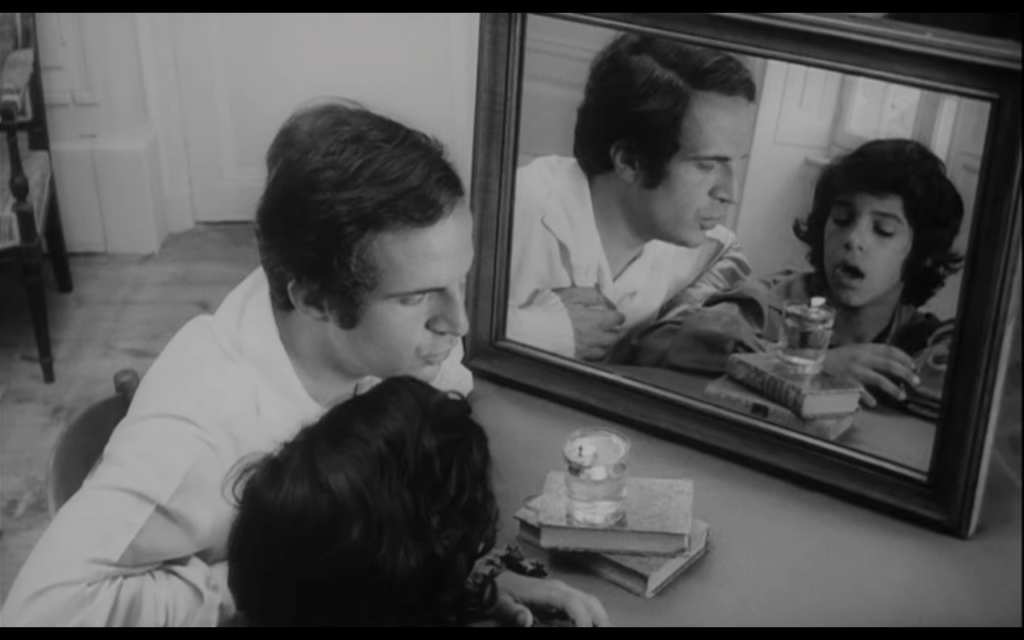
This suspended epilogue acts as an amplifier of the notion that the boy’s ‘civilization’ is not a concluded event, but an ongoing process. Even though the young man appears to have reached a form of peace with his new environment, his escape and subsequent return suggest that the call of the wild has not been fully stifled. It’s as if he hangs on a taut string between two worlds, his destiny hidden within the folds of this dual exposure.
Truffaut’s elusive conclusion prompts us to examine the very heart of human experience and the fragile boundaries that separate the wild from the civilized. This state of indeterminacy serves as a thin mirror, urging us to scrutinize the categories through which we define normality and belonging.
Truffaut’s decision to make “The Wild Child” an open narrative is a clear sign of his artistic agility, of his ability to deeply shake the viewer without the need to offer unequivocal interpretive keys. In a cinematic context where resolution is often seen as obligatory, his embrace of uncertainty testifies to an artistic impulse that refuses to be circumscribed, instead stimulating the mind and soul of the viewer.
